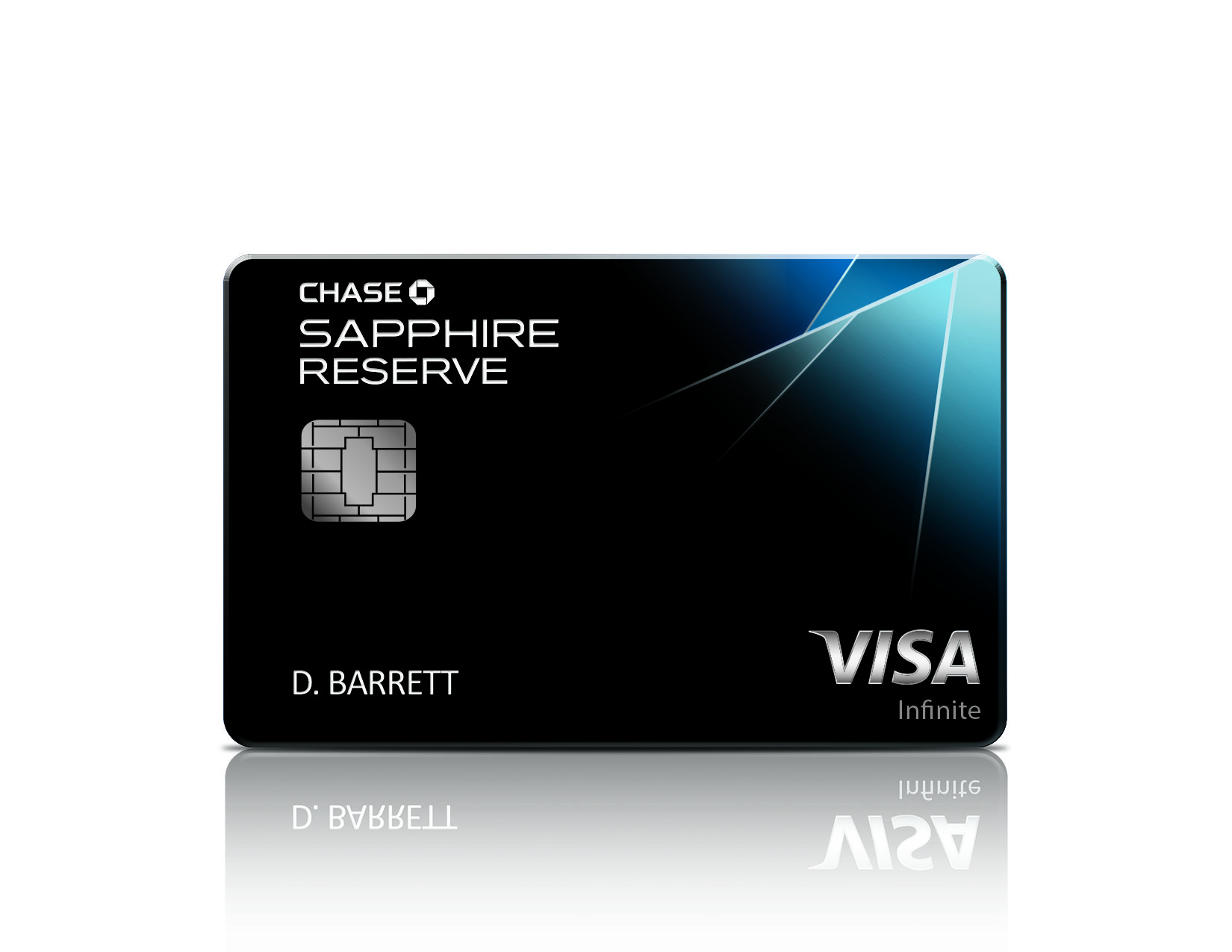There comes a time each year when you must decide whether to keep your credit cards, specifically those with annual fees. But a common question is “when should you downgrade a credit card?” This post breaks down different situations and advises you what to do.
The travel industry is currently going through interesting times because of the Coronavirus. Therefore, downgrading, cancelling, or lateral product changing might also be viable options.
Year One (Within the First 12 Months)
The first year of having a credit card is when you can receive a sign-up bonus (for most rewards cards). Some people might want to get a card just for the sign-up bonus and then downgrade it later. However, I strongly do not recommend you do this until you have had your card for at least 12 months. Sign-up bonuses exist because issuers believe that you will hold their card for at least one year.
American Express has rules stating that they can cancel your other accounts and take away your points if you cancel or downgrade a card before the 12-month mark. These rules are in place to prevent credit card “churning” and gaming.
Citi also has rules that force you to keep their cards for at least 24 months. You are not eligible to get the sign-up bonus for a second card within the same family 24 months after receiving the first card’s bonus. For example, if I opened the Citi Premier received its bonus, I would have to wait 24 months to be eligible for the Citi Prestige’s bonus. Plus, the clock resets when you close a card within the same family as well.
Year Two And Beyond (After the First 12 Months)
At this point, you should have your card for at least 12 months. Therefore, you can decide to downgrade a credit card without getting in trouble with the issuer. Just be sure that your card is at least 13 months old.
The following questions also apply if you’ve had your card for at least 24 months and every year thereafter:
Question I: Does Your Card Have an Annual Fee?
Average age of accounts and account history must be considered here. These factors are two of the five that make up your FICO score. Therefore, closing an account without an annual fee could be damaging, especially if it’s an older account. Closed accounts will remain on your credit report in good standing until 10 years after you closed them.
Generally, you should keep your card open if it has no annual fee. Many people call seldom-used cards without annual fees “sock-drawer cards”. This is because people keep them at home hidden away instead of using them every day. I recommend using “sock-drawer cards” at least once every six months to keep them active. However, I prefer to use mine at least once quarterly to be safe.
Keep reading if your card has an annual fee…
Question II: Did You Receive Positive Expected Value Over the Last 12 Months?
Expected value is the total value you receive from a card minus its annual fee. This important figure can be calculated using the following steps:
- Calculate the the value of the points earned with the card. This is the total number of points earned times your personal valuation of the points.
- Calculate the total amount of value that you received from the card’s perks.
- Add the sums from the first two steps together. This is the total value you received from the card.
- Subtract the card’s annual fee. This difference is the expected value you received from your card.
For example, a cardholder named Bob received $500 in value in the first year of having a Chase World of Hyatt Card. Bob would need to subtract the $95 annual fee from the $500 in value to get his expected value. The difference is $405. Given the positive expected value, Bob should keep his card and pay the annual fee.
You should keep your card if the difference is positive. However, you should keep reading if the difference is either $0 or a negative number.
The term “long-term keeper card” comes from expected value calculations. Long-term keeper cards are unique in that the value of perks offered is always going to be more than the annual fee. It’s simply up to the cardholder to extract that value.
Question III: Are There Any Downgrade Options Available?
There are many cards with annual fees that have no annual fee counterparts. But not every card does. You can either read PYCR or call your issuer to find out what downgrade options are available. Your mileage may vary.
If the answer is “yes”, downgrade your card to a no annual fee version. You will preserve your account’s history and FICO score that way. One example of a card with downgrade options is the Citi Prestige. You can downgrade the Prestige to the no annual fee Citi Rewards + if you don’t get positive expected value.
If the answer is “no”, call your issuer to see if you can get a retention offer. Keep the card if you get an offer that’s at least as valuable as the annual fee. Otherwise, cancelling is the best option. An example of a card without a no annual fee downgrade option is the Chase Southwest Priority Card. You must either downgrade to a card with a lower fee (such as the Chase Southwest Plus Card) or cancel.
Exception: American Express
American Express is exceptional because of their Once Per Lifetime Rule. Part of this rule is that you can’t get the sign-up bonus for cards that are downgraded, upgraded, or product changed to. This eliminates most incentive to product change an Amex. The only other option is to cancel assuming a negative expected value.
For example, a cardholder named Jack has the American Express Delta Gold Card and he receives negative expected value. He can either downgrade to the Delta Blue Card, keep his current card, or cancel. If Jack decides to downgrade, he also decides to forgo the Blue Card’s sign-up bonus. Given these rules, Jack’s optimal strategy would be to cancel his Gold Card and then apply for another Delta card.
American Express charge cards are infamous for not having any no annual fee options to downgrade to. No annual fee charge cards don’t exist by design. Charge cards don’t charge interest because payments must be made in full each month. This feature leaves Amex with no way to make money other than swipe fees from merchants. Annual fees significantly help make up for the lack of interest.
The least expensive charge card is the Green Card ($150 per year). Therefore, if you’re getting negative expected value from an American Express Gold Card or Platinum Card, you can either downgrade to the Green Card or just cancel.
Final Draw
Having the option to downgrade a credit card is a great for preserving your account history and FICO score. But its not always the best option, let alone one to begin with.
Always wait until the 12-month mark before deciding. If the card in question has an annual fee, you must figure out if you’re getting positive expected value. Your mileage may vary as not everyone will receive positive expected value from a card that you might.
If you don’t receive positive expected value, check for any downgrade options that don’t have an annual fee. Downgrade if one exists and cancel otherwise. But if you have an Amex card, consider cancelling and then applying for a new card.












